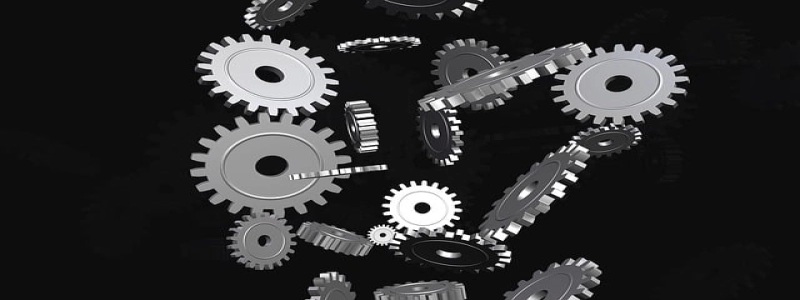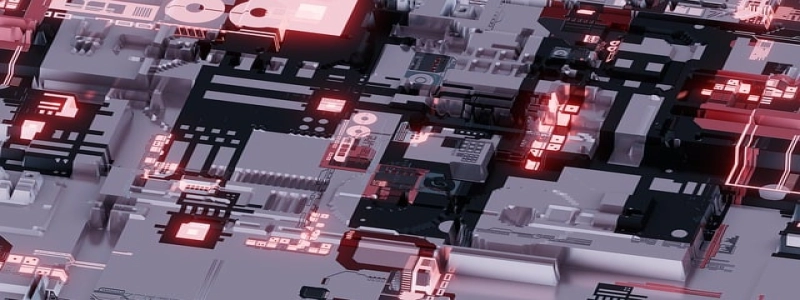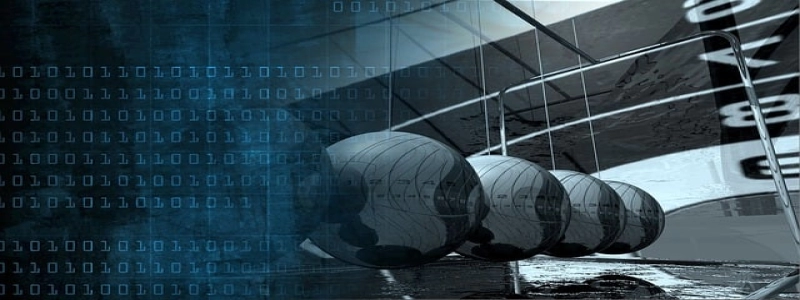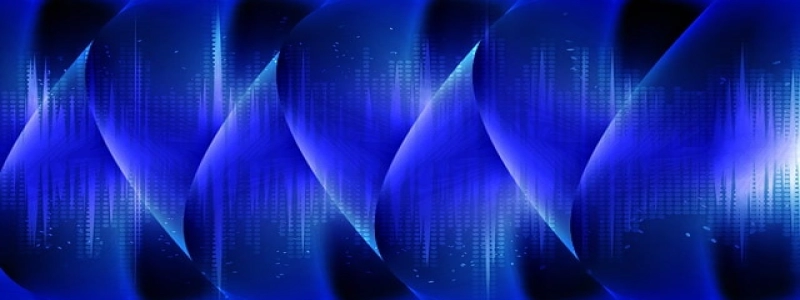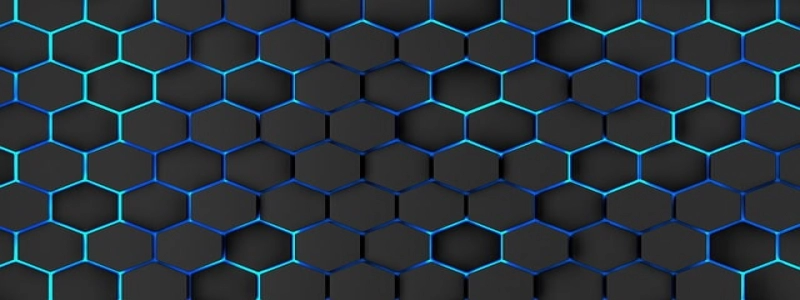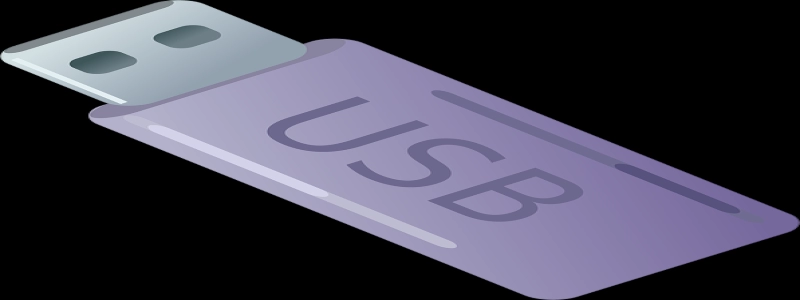Fiber Optic Cable Speeds
I. Invoering
Fiber optic cables are known for their high-speed data transmission capabilities, making them an essential component of modern communication systems. In dit artikel, we will explore the various speeds at which fiber optic cables can transmit data and their significance in today’s digital age.
II. The Basics of Fiber Optic Cables
A. Definition and Composition
1. Fiber optic cables are thin strands of glass or plastic that carry data signals using light.
2. They consist of a core (where light travels) and a cladding (which reflects the light back into the core).
3. A protective outer layer, known as the jacket, surrounds the core and cladding.
B. Advantages over Traditional Copper Cables
1. Greater Bandwidth: Fiber optic cables can transmit data at a much higher capacity compared to copper cables.
2. Long-Distance Transmission: Unlike copper cables, fiber optic cables can transmit data over longer distances without signal loss.
3. Immunity to Interference: Fiber optic cables are not affected by electromagnetic interference, making them more reliable.
III. Speeds of Fiber Optic Cables
A. Single-Mode Fiber Optic Cables
1. Speed: Single-mode fiber optic cables can transmit data at speeds up to 100 gigabits per second (Gbps) or more.
2. Applications: They are commonly used in long-haul telecommunications, data centers, and other high-bandwidth applications.
3. Characteristics: Single-mode fibers have a small core diameter, allowing for a single path of light transmission, resulting in minimal signal loss.
B. Multimode Fiber Optic Cables
1. Speed: Multimode fiber optic cables can transmit data at speeds up to 40 Gbps or more, depending on the technology used.
2. Applications: They are often utilized in local area networks (LAN's), shorter distance telecommunications, and high-speed internet connections.
3. Characteristics: Multimode fibers have a larger core diameter, allowing for multiple light paths, which can lead to greater signal dispersion over longer distances.
IV. Importance in Today’s World
A. Internet Connectivity
1. Fiber optic cables are the backbone of high-speed internet connections, enabling faster downloads, streaming, en online gamen.
2. The increasing demand for high-definition content and cloud-based services necessitates the use of fiber optic cables to provide seamless connectivity.
B. Telecommunications
1. Fiber optic cables play a crucial role in long-distance communication, including international calls and video conferencing.
2. They ensure reliable and high-quality transmission, facilitating real-time communication across the globe.
C. Data Centers
1. The exponential growth of data storage and processing requires fast and efficient connections between servers and data centers.
2. Fiber optic cables with their high-speed capabilities enable quick data transfer and reduce latency, ensuring smooth operations.
V. Conclusie
Fiber optic cables with their remarkable speed capabilities have revolutionized the way data is transmitted and communicated in the digital age. From high-speed internet connections to global telecommunications, fiber optic cables have become a vital infrastructure component. As technology continues to advance, the need for even faster data transmission speeds will only increase, further emphasizing the significance of fiber optic cables in the modern world.

